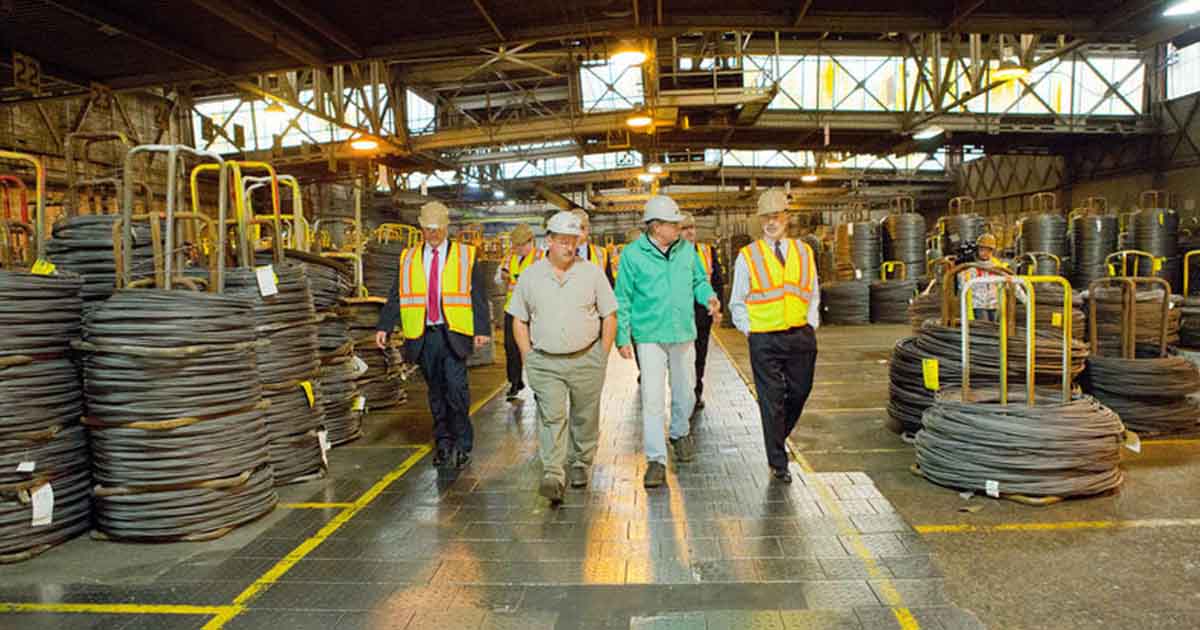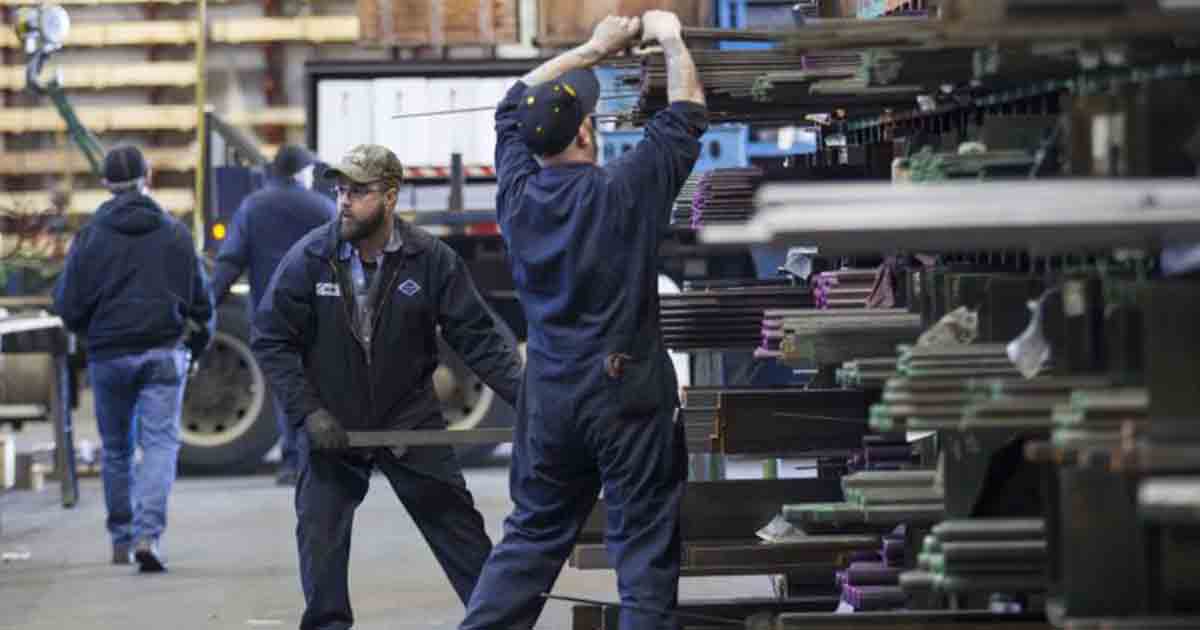Some blue-collar industries like manufacturing and construction are now facing a serious worker shortage that will only worsen as younger people don’t seem to mind filling positions left by retiring baby boomers.
This conclusion is based on an 85-page report by the nonprofit business research group Conference Board, which describes the incident as a long term perfect storm.
The author believes young people nowadays are going to college for white-collar job opportunities rather than trade school or apprenticeship opportunities in agriculture, mining, manufacturing, construction, and transportation.
In the same manner, a lot of baby boomers, who make up much of the blue-collar workforce, have reached retirement age or are on their way to retirement.
Gad Levanon, vice president of labor markets at The Conference Board, said in an interview with FOX:
“While a lot has been written about the overall tightness of the labor market, much less has been written about severe labor shortages of blue-collar and manual services workers — the exact opposite of the trends in recent decades.”
“This shortage is no coincidence but a result of several long-run demographic and educational trends that converge in a perfect storm like fashion, and that could make these shortages even more severe in the coming decades,”
“These shortages are a much more immediate and important problem than the risk of massive unemployment due to robots taking our jobs at some point in the future.”
The study that involved more than 200 human resources executives, suggests that the labor force participation rates for men ages 25 to 34 have seen a significant downturn since 1995 and because of this, demand for blue-collar workers still grows because of a slowdown in labor productivity.
In addition, the number of U.S. citizens who qualified as disabled between the working ages of 25 and 64 has also reached its highest record. The heaviest concentrations of disability appear along the Rust Belt and the industrial South.
Moreover, young men are also leaving the blue-collar workforce to scout for white-collar opportunities after college. As a result, blue-collar workers in the U.S. directly correlates with the number of people who hold a bachelor’s degree.
On the other hand, the study also revealed the participation of 16-24-year-old men who work blue-collar jobs that needs little experience or education has dropped by 10 percent since 1995.
Norms and standards dictated by society may see this as a positive trend because it means more young people are getting a higher education, even if blue-collar jobs often hold the promise of high wages and steady work due to increasing demand.
The study also revealed that nearly a quarter of young men without a college degree in the USA, still live at home with their parents.
Levanon explained:
“I think there is some stigma associated with manual labor.”
“The American dream and the entire education system is geared towards completing a four-year college. Also, the significant improvement in the labor market outlook for blue-collar workers is not common knowledge yet. I would argue that you still hear and read more about how robots will steal many of our jobs than you hear about labor shortages.”
As young men leave blue-collar industries, more and more women aged 25 to 54 are seen joining the labor force. But the study suggests it is still not enough to make a significant difference in these industries. The increasing costs and quality of blue-collar services are now more of a concern than it was before because employers are now more willing to hire people that are not qualified for the job or have been out of the labor market for years.
The Conference Board says Tuesday:
“Without a concerted effort by companies and governments, the nation’s overall standard of living will decline, along with profits in blue-collar-heavy industries such as transportation, warehousing, and manufacturing.”







